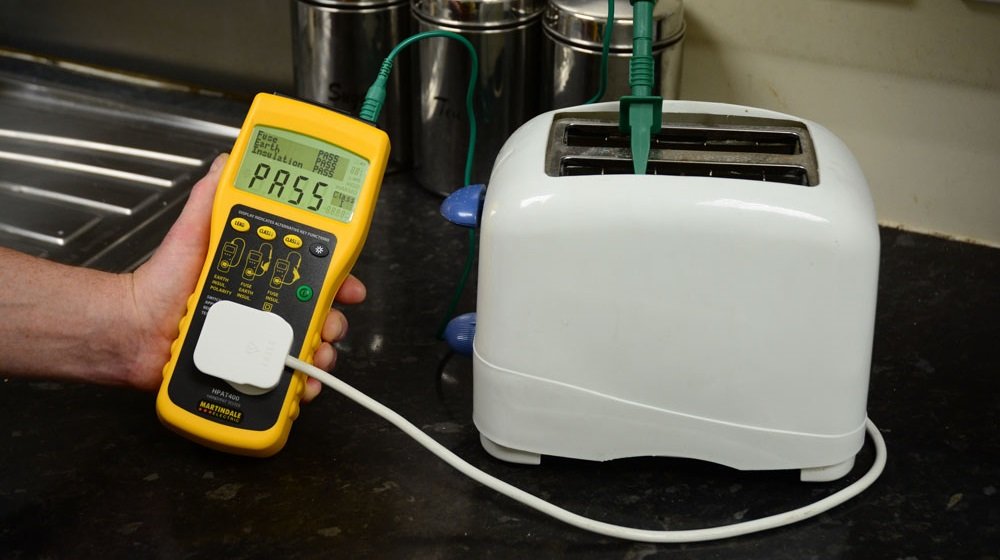Portable Appliance Testing (PAT) is a crucial component of maintaining electrical safety in the workplace. It involves checking electrical appliances to ensure they are safe to use and compliant with health and safety regulations. Despite its importance, there are still many myths surrounding PAT testing that prevent some companies from taking the necessary steps to keep their employees and customers safe. In this article, we will debunk some of the most common myths about it, outline the requirements for testing, and discuss the benefits of conducting regular PAT testing.
Myth #1: PAT Testing is Not Required by Law
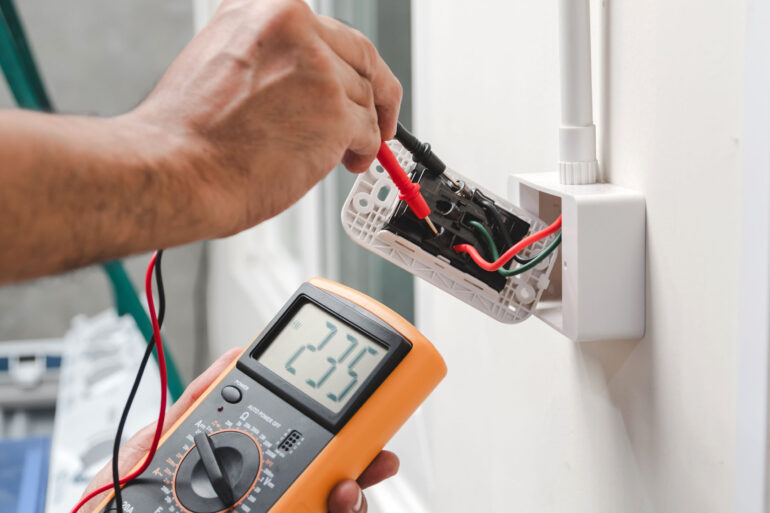
One of the most common myths about PAT testing is that it is not a legal requirement. However, this is simply not true. In the UK, the Health and Safety at Work Act 1974 requires employers to ensure the safety of all electrical equipment used in the workplace, including portable appliances. Additionally, the Electricity at Work Regulations 1989 state that all electrical systems must be maintained to prevent danger. PAT testing is an effective way to comply with these regulations and ensure the safety of your employees and customers.
Myth #2: PAT Testing is Expensive
Another common myth about PAT testing is that it is expensive and time-consuming. However, this is not necessarily true. While the cost of testing will vary depending on the size of your business and the number of appliances that need to be checked, it is often less expensive than the potential costs of an electrical accident. Furthermore, some companies offer competitive rates and discounts for regular testing. For example, if you are based in London, you can easily find a PAT service London-based that offers affordable and efficient services.
Myth #3: PAT Testing Only Needs to Be Done Once
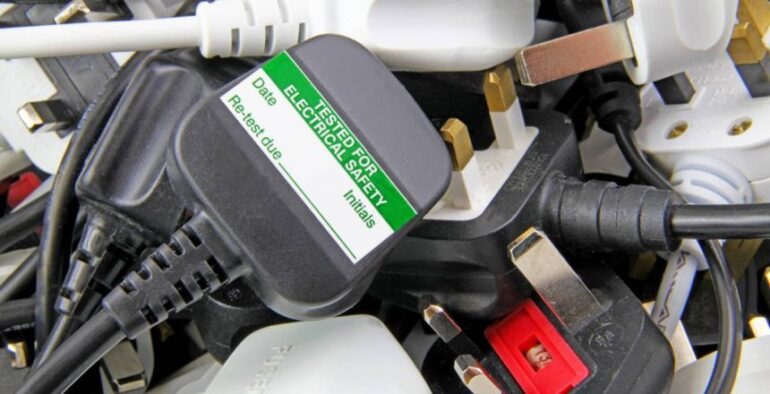
Many people believe that once an appliance has been tested and deemed safe, it does not need to be checked again. However, this is not the case. The frequency of PAT testing depends on the type of appliance and the environment in which it is used. For example, appliances in high-risk environments such as construction sites and factories should be checked more frequently than those in low-risk environments such as offices. As a general rule, appliances should be tested at least once a year, but some may need to be checked more frequently.
Myth #4: PAT Testing is Only Necessary for High-Risk Appliances
Some people believe that only high-risk appliances need to be tested. However, all electrical appliances should be checked to ensure their safety. This includes items such as kettles, toasters, and computers, as well as larger appliances like fridges and microwaves. Even if an appliance appears to be in good condition, there may still be underlying faults that could pose a risk to users.
Myth #5: PAT Testing is a Waste of Time
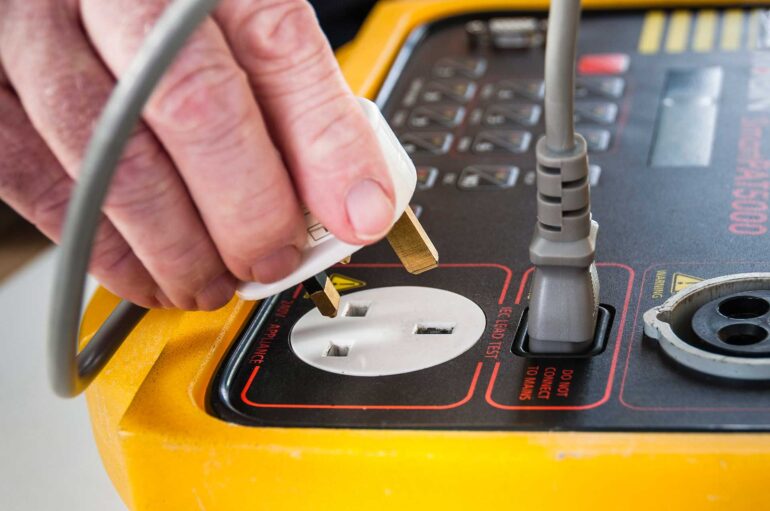
Finally, some people believe that this is a waste of time and that there are more important things to focus on in the workplace. However, PAT testing is a crucial part of maintaining electrical safety and should not be ignored. By identifying and addressing potential faults in appliances, you can prevent electrical accidents and ensure the safety of your employees and customers.
Benefits of PAT Testing
Now that we have debunked some of the most common myths about PAT testing, let’s take a closer look at the benefits of conducting regular checking:
– Compliance with health and safety regulations – As mentioned earlier, this is a legal requirement for businesses. By conducting regular testing, you can ensure that you are complying with health and safety regulations and avoiding potential fines or legal action.
– Prevention of electrical accidents – Faulty appliances can pose a serious risk to users. By identifying and addressing potential faults through PAT testing, you can prevent electrical accidents and ensure the safety of your employees and customers.
– Improved efficiency – Regular checking can help to identify appliances that are not functioning correctly or efficiently, allowing you to replace them and improve overall efficiency in the workplace.
– Peace of mind – Knowing that your appliances have been checked and are safe to use can provide peace of mind for both employees and customers.
– Reduced insurance costs – Some insurance companies may offer reduced premiums for businesses that conduct regular PAT testing, as it demonstrates a commitment to safety.
Requirements for PAT Testing
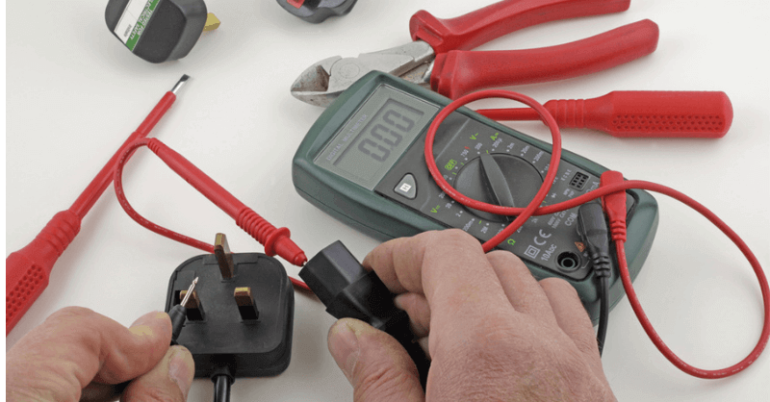
To ensure that your business is complying with health and safety regulations, there are some basic requirements for PAT testing that you should be aware of:
– Choose a qualified PAT tester – PAT testing should be carried out by a qualified electrician who has the necessary knowledge and equipment to perform the checks safely and accurately.
– Determine the frequency – As mentioned earlier, the frequency of testing will depend on the type of appliance and the environment in which it is used. Your PAT technician should be able to advise you on the appropriate testing frequency for each appliance.
– Keep records – It is important to keep a record of all PAT testing carried out, including the date of the check, the results, and any actions taken. This information should be kept for a minimum of three years.
– Take action on any faults found – If a fault is identified during testing, it is important to take action to rectify the issue as soon as possible. This may involve repairing or replacing the appliance.
Conclusion
PAT testing is a crucial part of maintaining electrical safety in the workplace. Despite some common myths surrounding it, it is a legal requirement and is essential for preventing electrical accidents and ensuring the safety of your employees and customers. By choosing a qualified PAT technician, determining the appropriate frequency, keeping records, and taking action on any faults found, you can ensure that your business is complying with health and safety regulations and providing a safe environment for everyone. If you are based in London, you can easily find a reliable and affordable PAT service London-based to help you meet your PAT testing needs.

